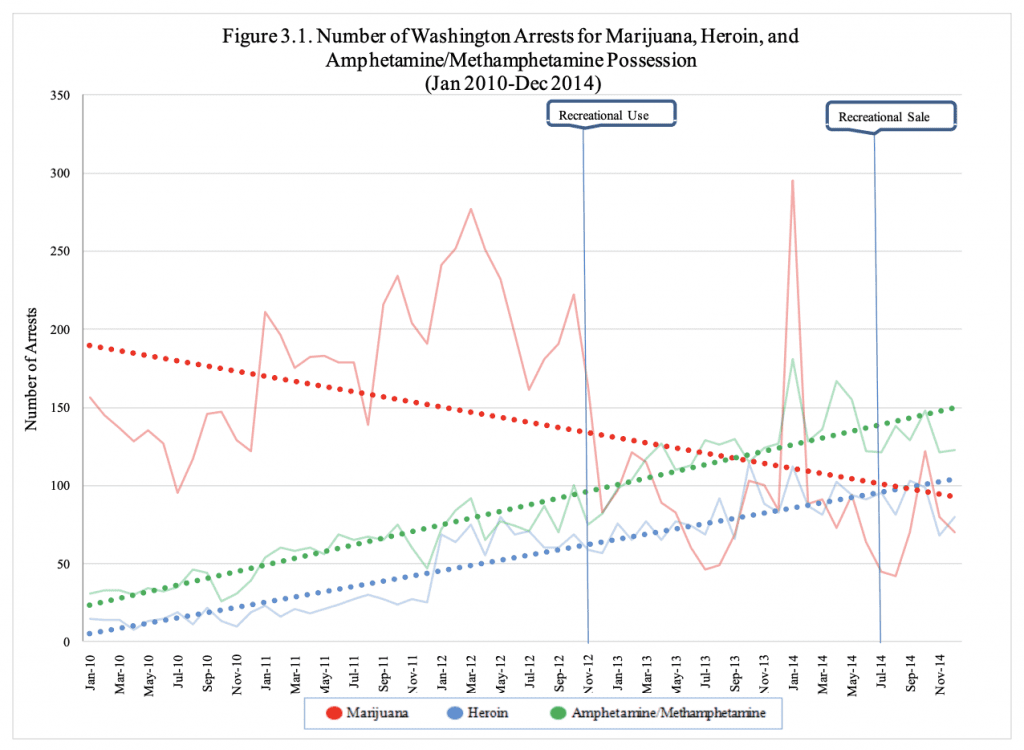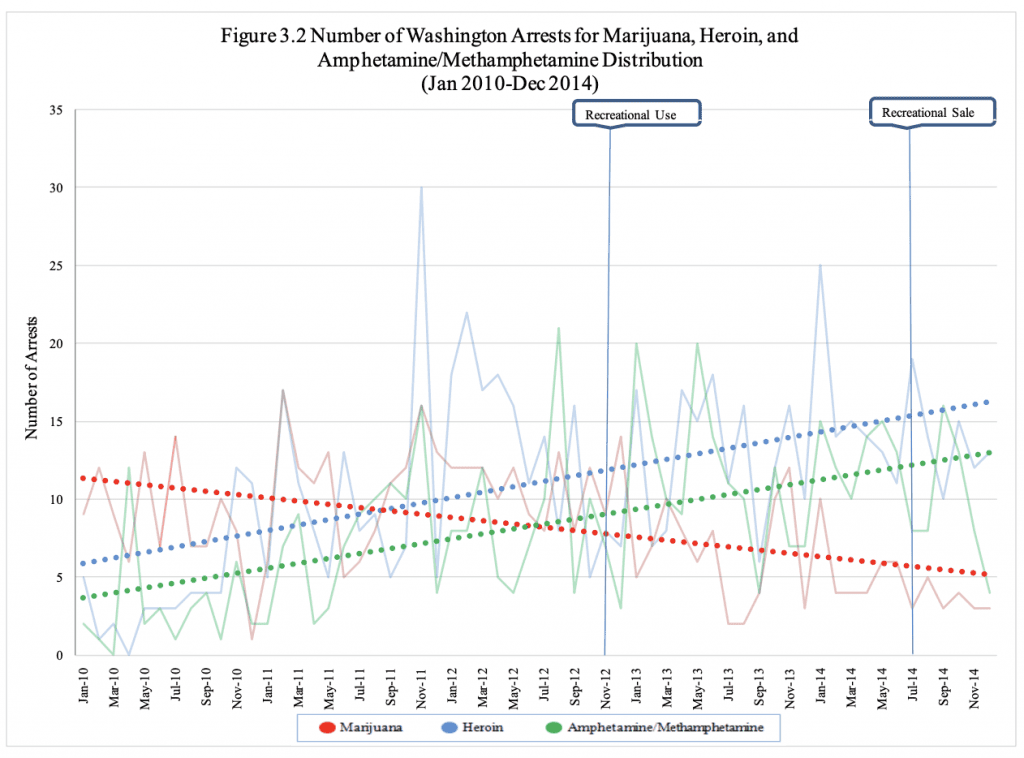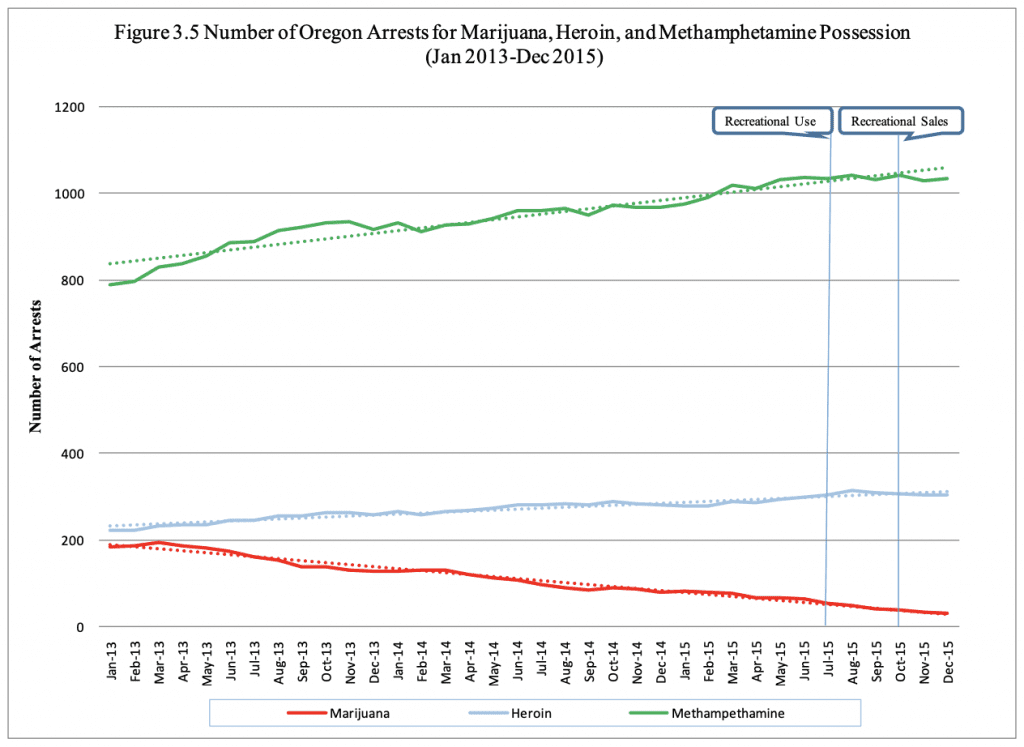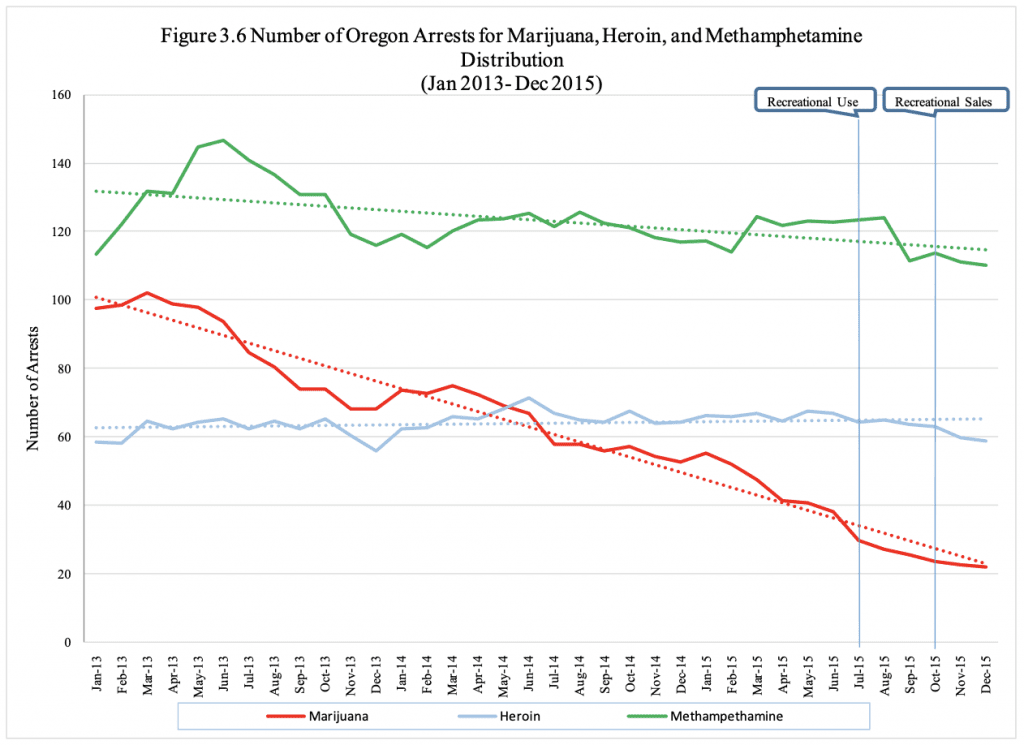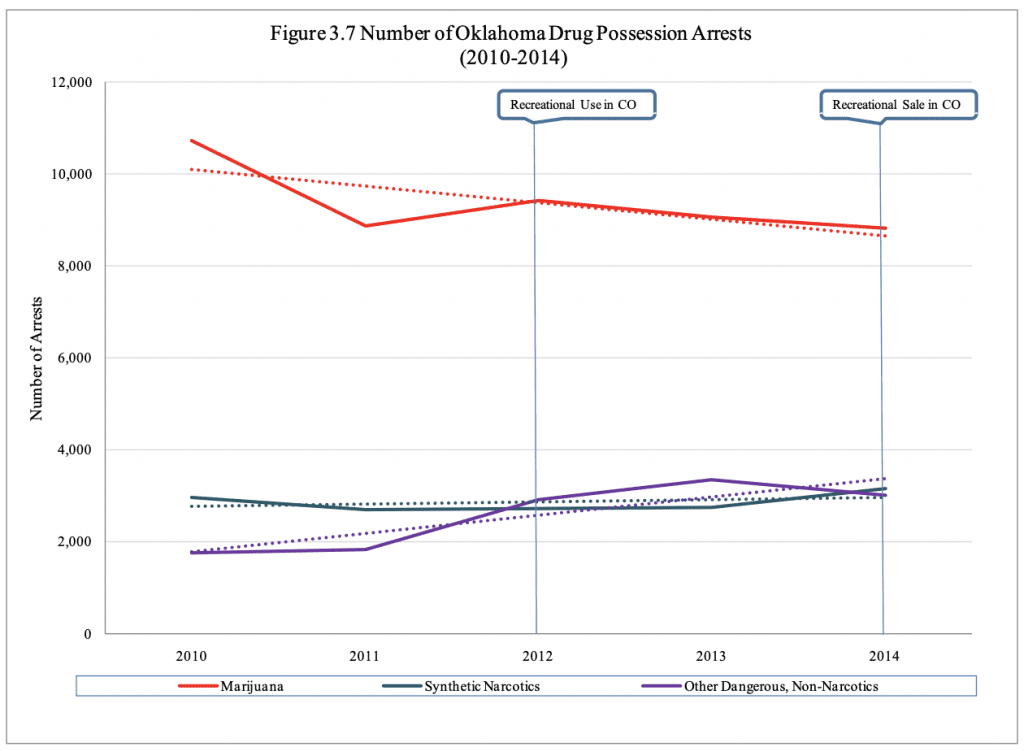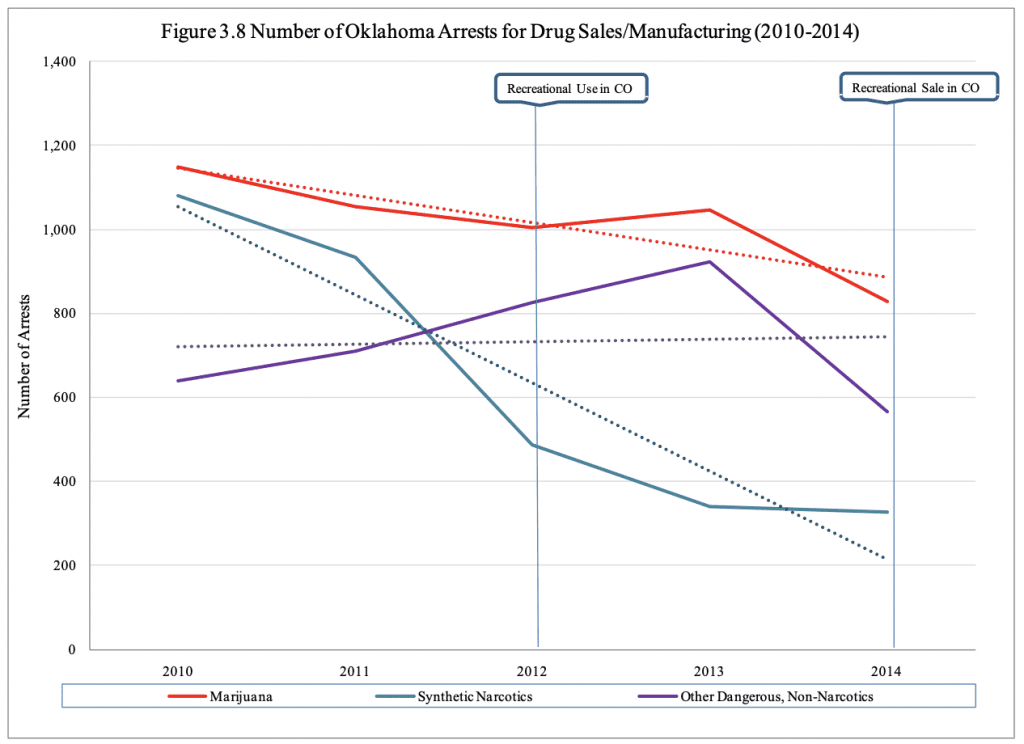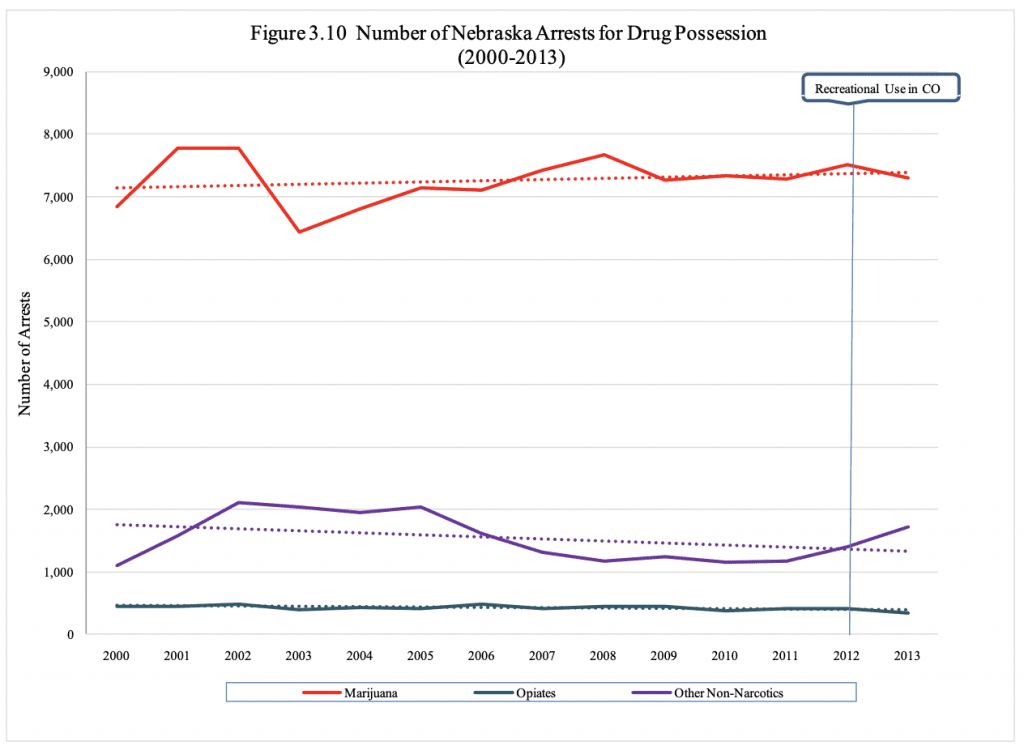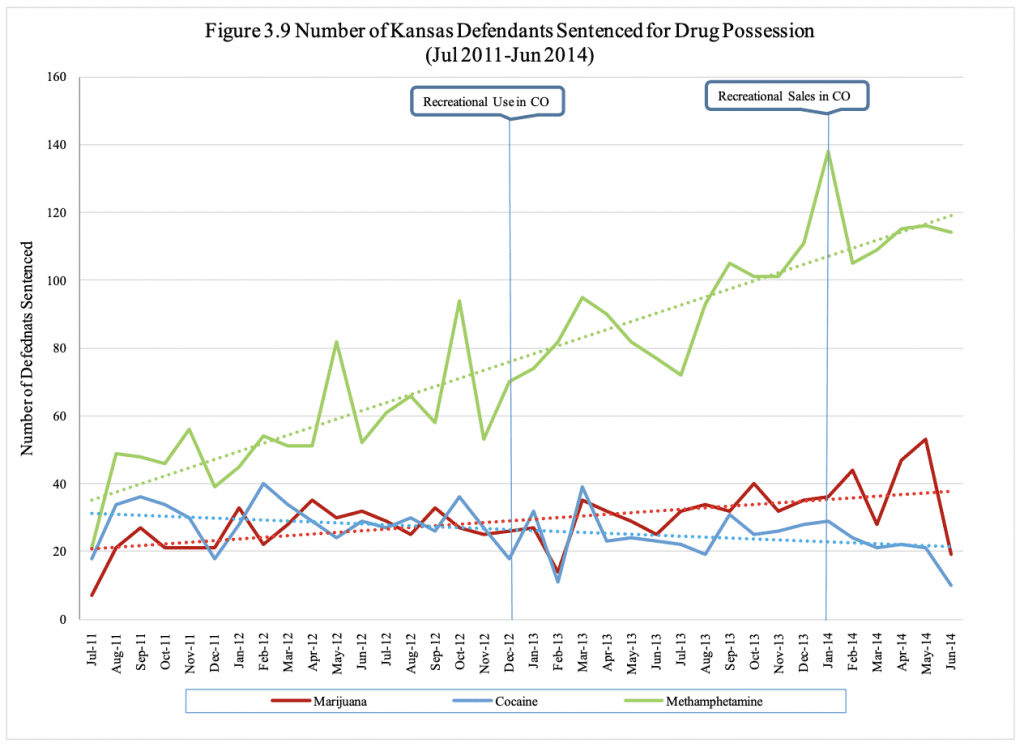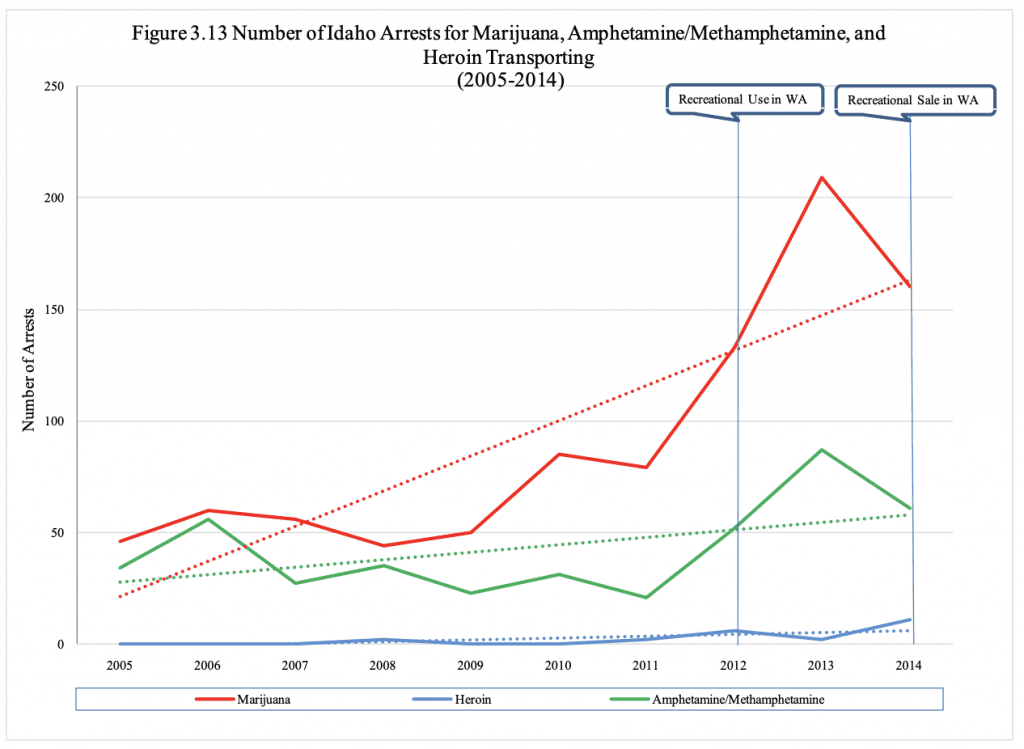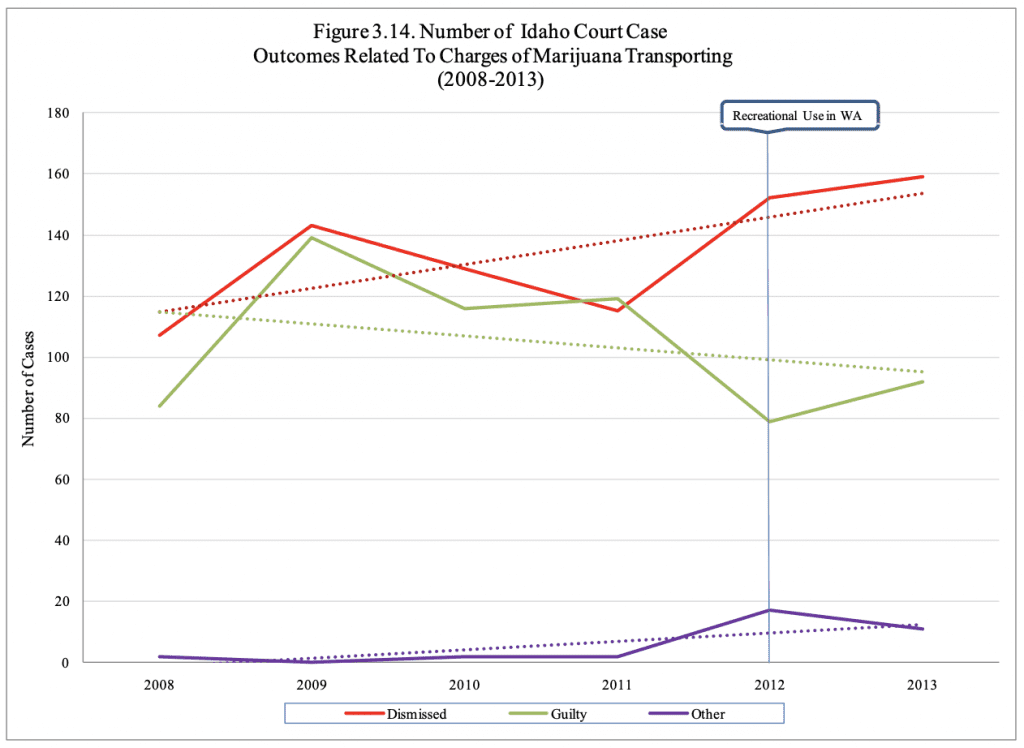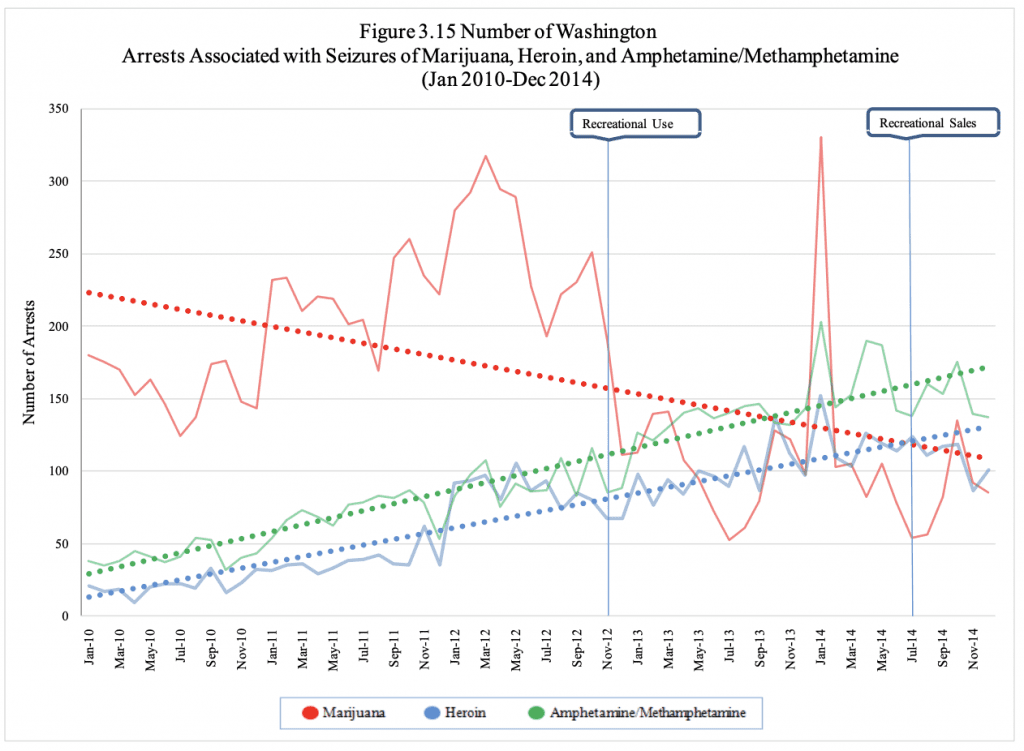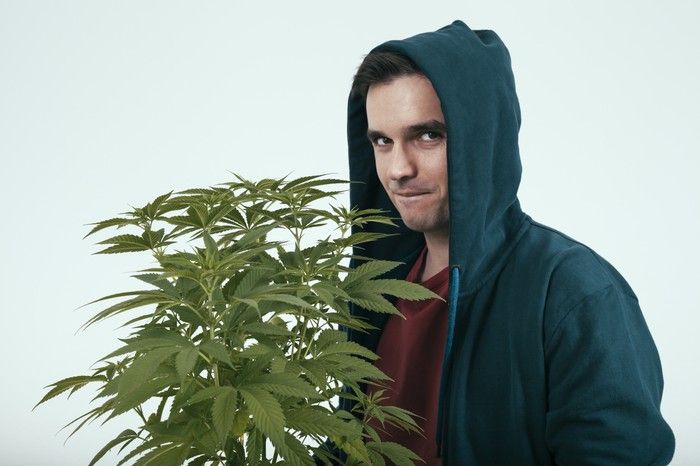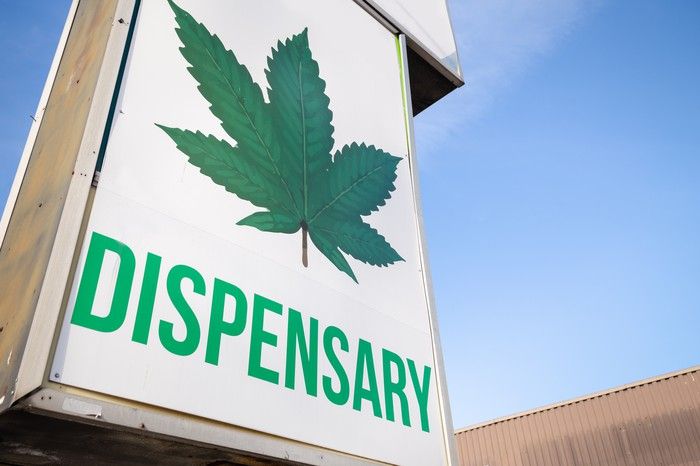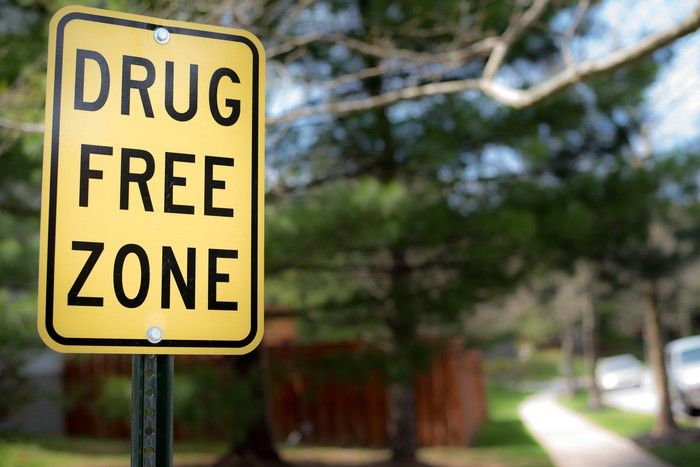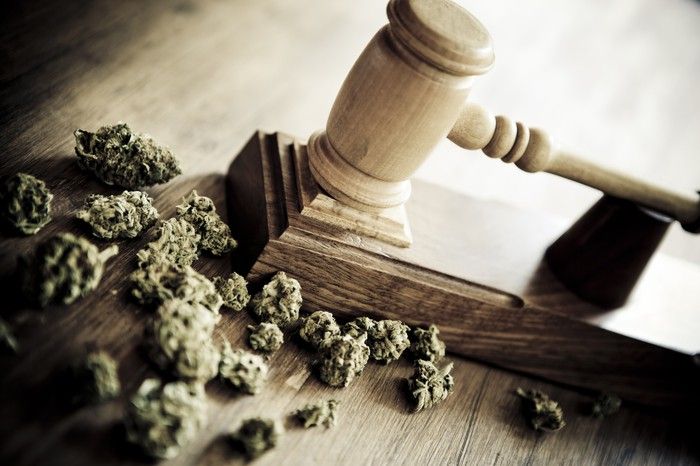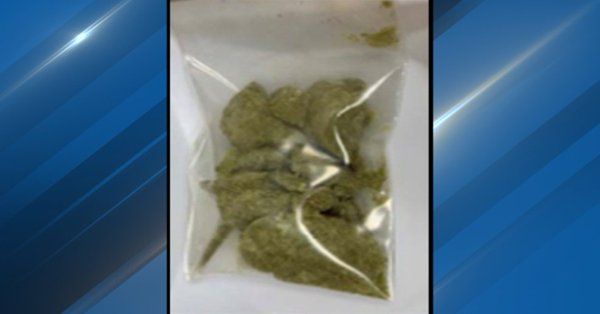5 reasons the marijuana black market won't go away
Cannabis has been anointed by Wall Street as
one of the fastest-growing industries on the planet. After sales more than tripled worldwide between 2014 and 2018, Wall Street has forecast a roughly fivefold to 18-fold increase in global annual revenue by the time 2030 rolls around. This type of growth is impossible for Wall Street and investors to ignore, which is a big reason pot stocks have been all the rage.
But if you've been paying close attention to the industry, you're likely well aware that marijuana stocks have been nothing short of a buzzkill over the past six months and change. Many have seen their share price cut in half, or possibly worse, as a host of challenges have cropped up.
Black market marijuana is here to stay
Worse yet, the legalization of recreational marijuana in Canada, as well as in select U.S. states, hasn't stomped out black market cannabis, as initially expected. In California, the largest legal weed market in the world by annual sales, illicit marijuana sales are projected to outpace legal pot sales in 2019
by a significant margin: $8.7 billion to $3.1 billion. Meanwhile, analysts at Scotiabank estimated in early February that the black market would be responsible for
71% of total cannabis sales in Canada in 2019.
How are illicit producers bucking the push toward a legalized marijuana environment, you ask? The blame rests with the following five factors.
1. Supply issues in Canada
In our neighbor to the north,
supply shortages have been a persistent problem since recreational weed sales began one year ago, with a trio of problems to blame.
First, regulatory agency Health Canada has been buried by cultivation, processing, and sales license applications. It entered the year with more than 800 applications on its desk, and despite
implementing aggressive changes to the cultivation licensing process, it's going to take months, or perhaps more than a year, for the agency to work through its backlog. In the interim, cannabis growers are forced to wait to either grow or sell marijuana.
Secondly -- and I'll have more to say on this in a subsequent point -- certain Canadian provinces have been slow to give the green light to physical dispensary licenses. With few retail stores for consumers to shop at, illicit marijuana has filled the void.
And thirdly, pot growers have been slow to start and complete cultivation projects. All of these factors have allowed illicit weed producers to thrive.
2. Tax issues in select U.S. states
In the United States, high tax rates have been effectively driving consumers to purchase black market marijuana.
California, for example, is taxing the daylights out of its pot buyers. In addition to passing along a state tax and local tax, buyers are paying a 15% excise tax, as well as a wholesale tax of $9.25 per ounce of dried cannabis flower, or $2.75 per ounce of cannabis leaves. Add this up, and it could work out to
an aggregate tax rate of 45% on legal pot. And, mind you, this doesn't include additional costs such as the laboratory testing on weed grown in the Golden State, which is also being factored into the price that consumers pay.
Suffice it to say that legal cannabis simply can't complete with illicit producers on price. This is one of the reasons I firmly believe
MedMen Enterprises (
OTC:MMNFF) has struggled of late. To be fair, MedMen is losing a lot of money -- $178.4 million in net operating losses through nine months of fiscal 2019 -- and it
recently terminated its acquisition of PharmaCann to seemingly conserve capital, so it has more than just one problem. But according to the company's third-quarter operating results and preliminary fourth-quarter review, MedMen's existing California locations delivered just 5% sequential growth in the third quarter and 10% sequential growth in the fourth quarter. That's not very impressive given how nascent the recreational industry is in the Golden State, and it speaks to the influence the black market has for the time being.
3. A slow dispensary approval process throughout North America
Another clear problem that's allowed the black market to persist is the slow approval process for dispensary licenses in both Canada and select U.S. states.
In Canada, Quebec-based grower
HEXO (
NYSE:HEXO) announced during its fourth-quarter operational update that the
slow pace of dispensary store openings has adversely impacted its sell-through rate. Despite recreational weed sales commencing last October, HEXO's home province of Quebec didn't even see its own dispensaries open seven days a week until May, primarily due to severe supply shortages. Furthermore, there are far too few locations open to provide adequate supply to Quebec's adult residents. Perhaps, then, it's no surprise that HEXO removed its 2020 sales guidance and reduced expectations for sequential fourth-quarter sales growth from "a doubling" to about 19%, at the midpoint.
In the U.S., local regulators in California have been notoriously slow to approve dispensary store licenses. As of the midpoint of 2019, California had just one dispensary open per 61,000 adults aged 21 and over, which compares to one open dispensary per 5,567 adults aged 21 and over in neighbor state Oregon.
If the legal retail points aren't there, it becomes easy for consumers to turn to black market retailers.
4. Jurisdiction problems in select U.S. states
Fourthly, the fact that legalized states have allowed municipalities to decide whether cannabis retail stores can open or not has also been a serious problem.
In Canada, the passage of the Cannabis Act made marijuana legal throughout the country, so this particular issue isn't of concern to our neighbor to the north. But in states like California and Colorado, statewide legalization looks more like Swiss cheese rather than a unified decision passed by voters.
In California,
close to 80% of the 482 municipalities in the state have banned commercial marijuana activity. Although the Golden State's significantly higher population cities have given marijuana retail stores a green light, it's still left plenty of the state as sort of a no-go zone for pot. With such a large percentage of municipalities failing to OK licensed dispensaries, it's opened the door for the black market to flourish.
5. Regulatory enforcement has been spotty
Last, but not least, regulatory enforcement designed to drive the black market out of business hasn't exactly been working. Based on data from the United Cannabis Business Association, via an audit that was recently turned into California Gov. Gavin Newsom (D-Calif.),
2,835 of the 3,757 listings of marijuana sellers in California on website WeedMaps were unlicensed. Although the state has promised to step up enforcement on illicit producers, it's yet to do so.
Enforcement has been a bit tougher in Canada, where
CannTrust Holdings (
NYSE:CTST) was recently taken to the woodshed. CannTrust announced in early July that it had been growing marijuana in five unlicensed grow rooms for a period of six months. This admission led regulatory agency Health Canada to suspend CannTrust's cultivation and sales licenses in mid-September. CannTrust also announced this past week that it would
destroy roughly $58 million worth of plants and inventory from its illicit grow rooms in an effort to regain its licenses. With Health Canada making an example out of CannTrust, it's at least a step in the right direction toward tougher enforcement in our neighbor to the north.
Long story short, the black market isn't going anywhere anytime soon.
